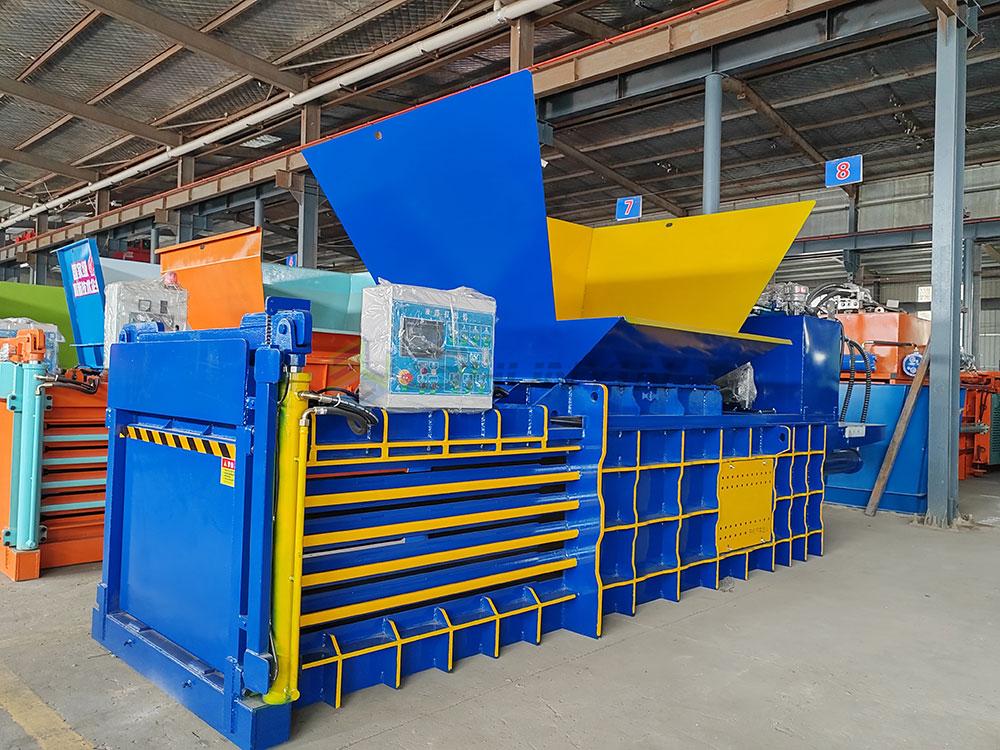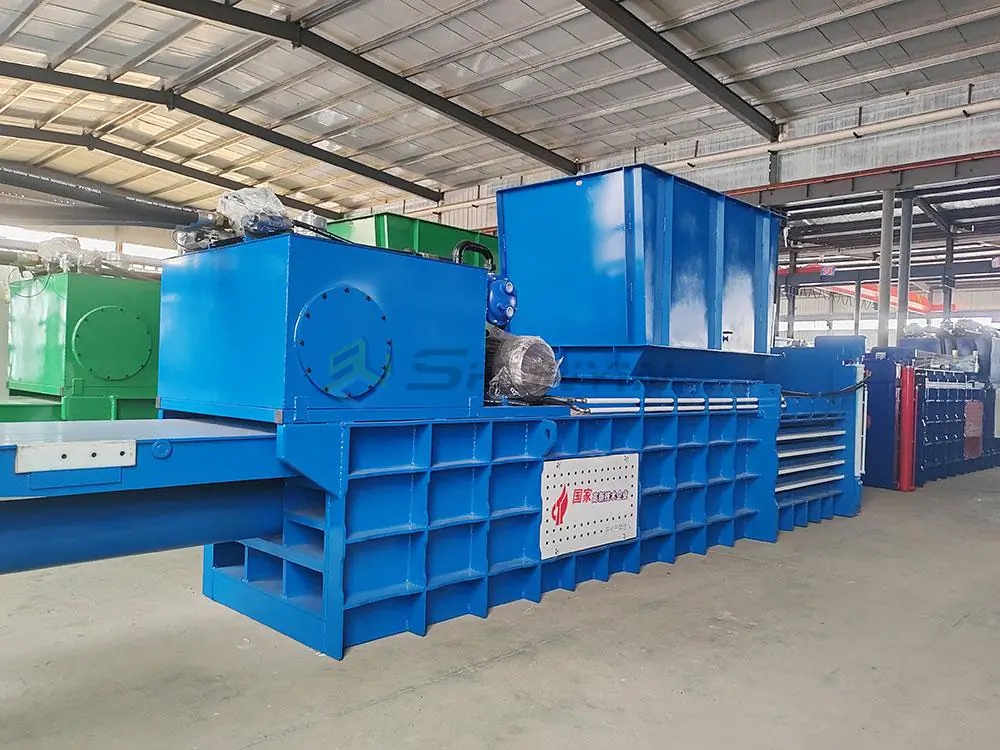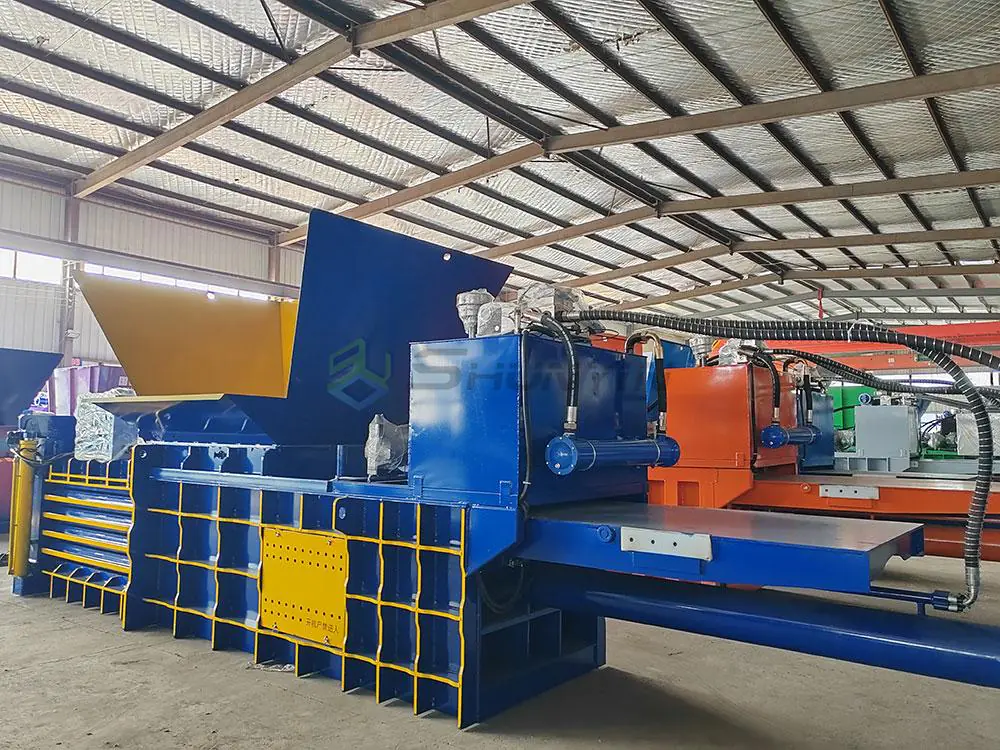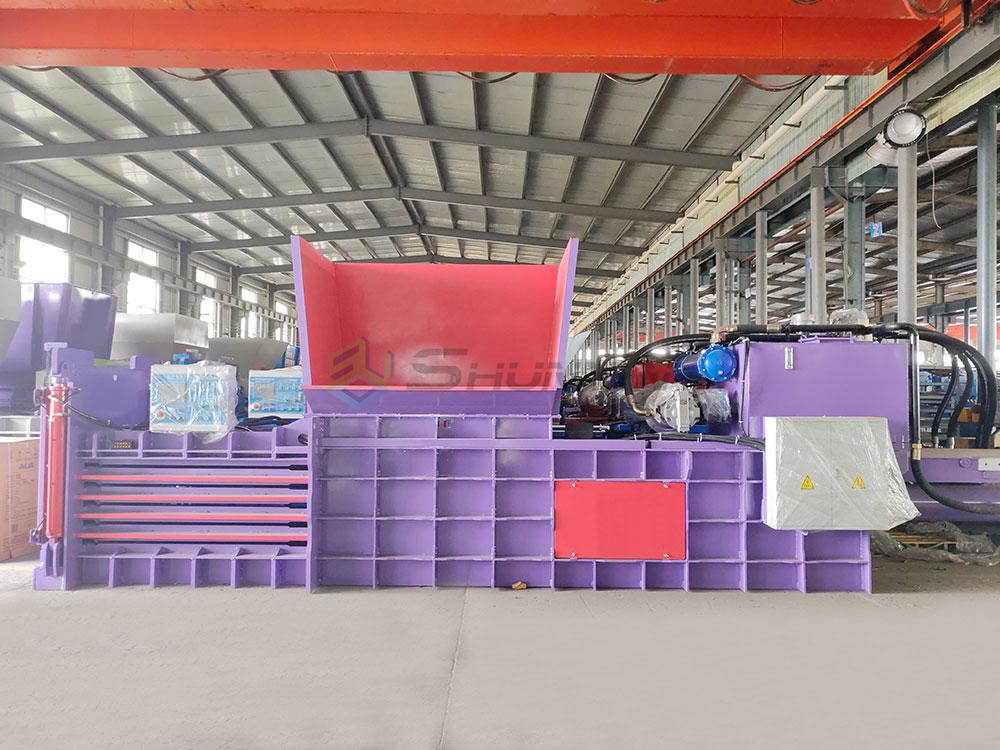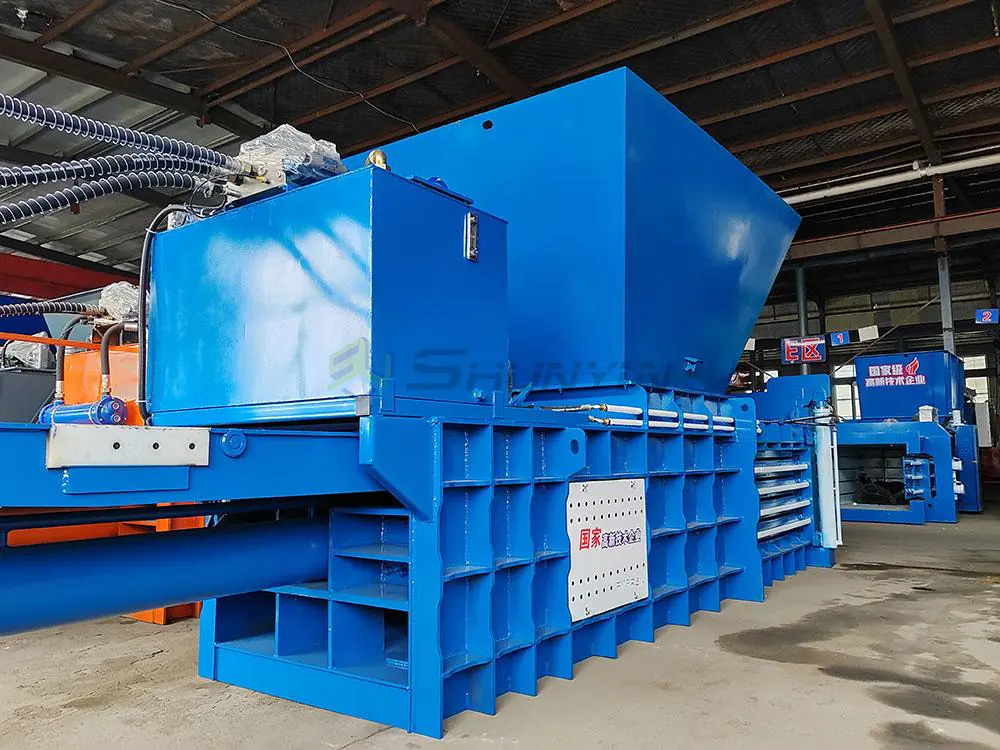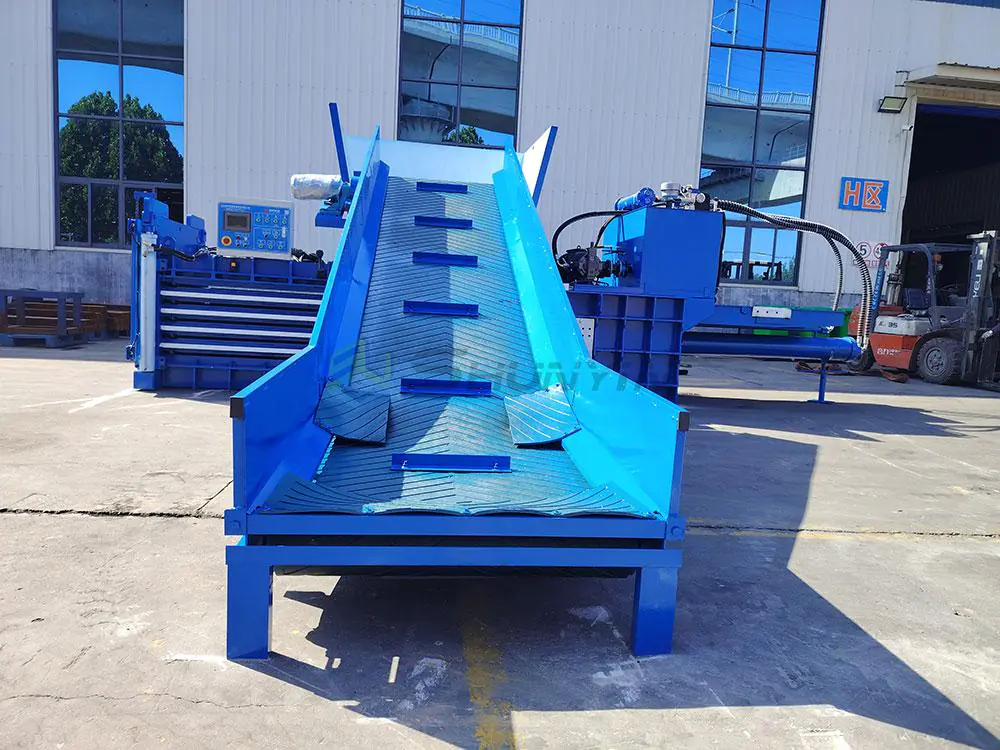
Last month, we almost lost a $800,000 deal because our old baler jammed during client inspection. That’s when I realized how crucial technological innovation is in baling equipment. Let’s explore what’s changing in this field.
Horizontal baling machines compress recyclables into dense blocks for efficient handling. The 5 key innovations worth watching are smart IoT-enabled monitoring systems, hybrid hydraulic-electric power systems, self-adjusting pre-compression chambers, AI-driven material recognition technology, and automated tie-wire systems with robotic arms. These technologies reduce operational costs by 20-35% while increasing throughput capacity.
After working with 87 international clients since 2017, I’ve witnessed how strategic technology adoption directly impacts recycling profits. Let’s examine the core aspects first.
What are the different types of baler machines?
We once shipped a vertical baler to Tokyo that crushed an entire batch of PET bottles sideways – a $15,000 lesson in machine selection. Let’s clarify the main categories:
The four primary baler types1 are horizontal balers (for high-volume industrial use), vertical balers (compact units for retail/small businesses), two-ram balers (high-density compression), and specialty balers (for specific materials like tires/metals). Horizontal balers dominate 68% of industrial recycling operations due to their superior throughput and automation capabilities.

| From our production data: | Feature | Horizontal | Vertical | Two-Ram | Specialty |
|---|---|---|---|---|---|
| Daily Capacity | 20-50T | 2-8T | 30-80T | 15-30T | |
| Power Consumption | 38-60kW | 7.5-15kW | 45-75kW | 25-50kW | |
| Floor Space | 120-200㎡ | 20-40㎡ | 150-250㎡ | 80-150㎡ | |
| Staff Required | 1-2 | 1 | 2-3 | 2 |
Three critical considerations when choosing:
- Material flow consistency (horizontal handles surges better)
- Downstream processing requirements
- Maintenance accessibility
Our Singapore client reduced labor costs 40% after switching from vertical to horizontal models – proof that initial cost ≠ long-term value. Contact us for customized capacity analysis.
What is the baling machine used for?
When a Canadian client asked if our balers could handle snowmobile parts, we developed frost-resistant hydraulic oil – applications are endless:
Baling machines compact recyclables into transportable blocks. Main uses include cardboard recycling (32% of applications), plastic compaction (28%), textile bundling (18%), metal scrap processing (15%), and specialty uses like EPS foam/agricultural waste (7%). Modern horizontal balers achieve compression ratios up to 10:1, reducing logistics costs by 60-75%.

Material-specific insights:
Cardboard Processing
- Standard bale size: 1100×800×900mm
- Typical density: 450-600kg/m³
- Moisture tolerance: <12%
Plastic Recycling
- PET bottle compression ratio: 15:1
- Film handling capacity: 120-250kg/hour
- Separation efficiency: 92-97%
Our Japan clients achieve 98% landfill diversion rates using our AI-sorting balers – let us show you how.
What is a baler in a warehouse?
We retrofitted a Dubai warehouse’s baler with RFID tags last year – their efficiency jumped 30% in 3 months. Here’s why warehouses need specialized balers:
Warehouse balers streamline packaging waste management through space optimization (reduce storage footprint by 5-8×), safety compliance (OSHA-approved dust control), and inventory tracking (barcode-labeled bales). Advanced models feature real-time data integration with warehouse management systems (WMS).

| Key integration metrics: | Parameter | Standard Baler | Warehouse-Optimized |
|---|---|---|---|
| Cycle Time | 4-6 mins | 2.5-3.5 mins | |
| WMS Compatibility | None | API/EDI ready | |
| Safety Features | Basic guards | Laser sensors + emergency stops | |
| Maintenance Interval | 200hrs | 500hrs |
Our Vancouver client processes 22 tons daily using our compact horizontal models – request layout planning assistance.
What are the benefits of balers?
A North Carolina client reduced waste hauling fees from $8,500 to $2,200 monthly after installing our baler – benefits are quantifiable:
Baler benefits include 30-65% waste cost reduction, 4-9× improved storage efficiency, 25-40% labor savings, enhanced safety (90% fewer manual handling injuries), and increased recyclable value (dense bales fetch 12-18% higher prices). Our clients typically achieve ROI within 14-22 months.
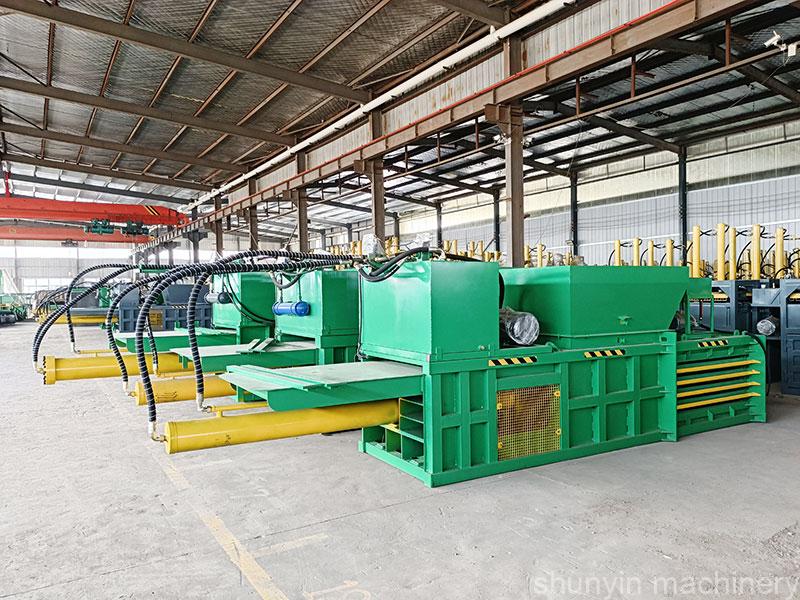
| Breakdown of annual savings (average client data): | Cost Category | Pre-Baler | Post-Baler | Savings |
|---|---|---|---|---|
| Transportation | $144,000 | $48,000 | 66.7% | |
| Labor | $86,400 | $57,600 | 33.3% | |
| Storage | $72,000 | $18,000 | 75% | |
| Material Revenue | $216,000 | $259,200 | +20% |
Our ISO 9001-certified factory offers free ROI calculators – let’s crunch your numbers.
Conclusion
From smart sensors to hybrid power systems, horizontal baler technology is revolutionizing waste management. As we expand our US production lines, we’re committed to delivering innovations that boost your bottom line. Contact our engineers today for a customized solution analysis.
-
Learn about various baler types and their specific applications to make informed decisions for your recycling needs. ↩


